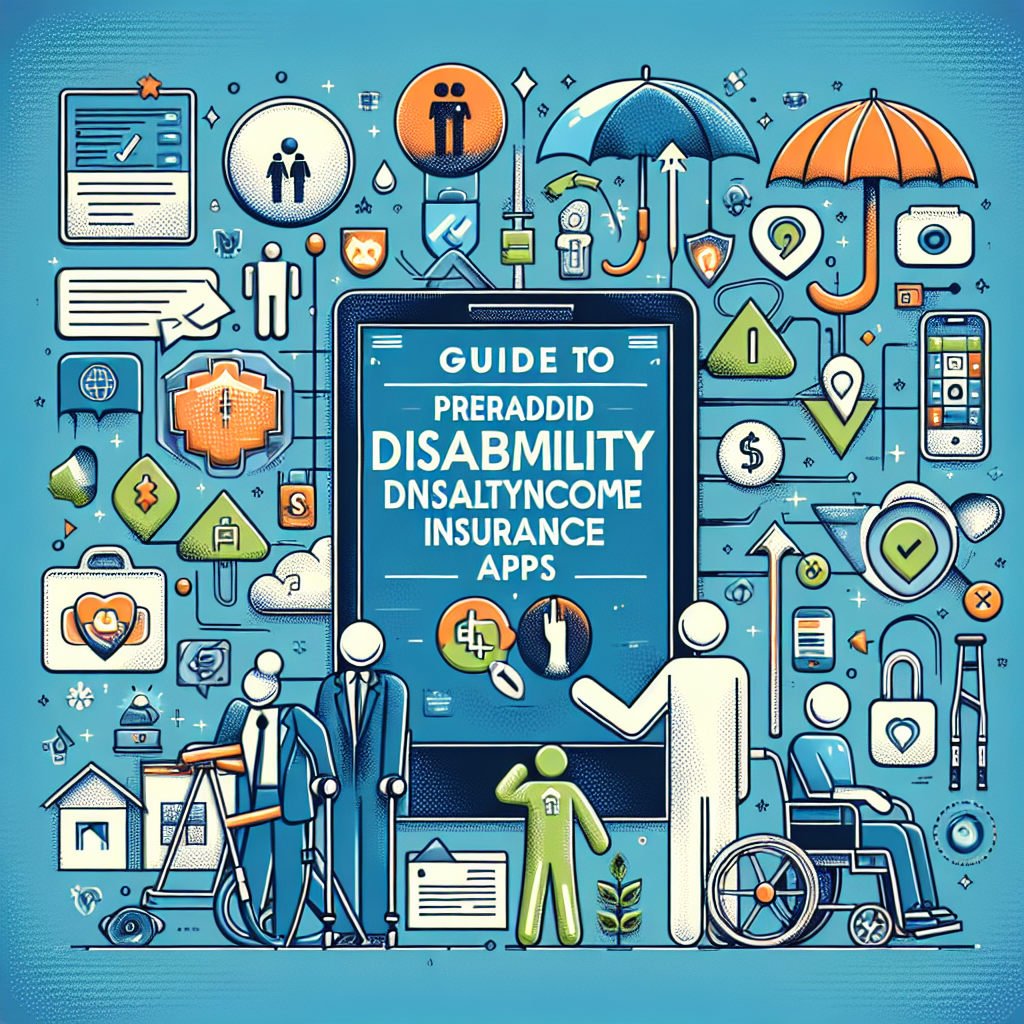Filed under Health Insurance on
"Understanding CE in Health Insurance"

Health insurance is a complex field, often peppered with jargon that can be difficult to decipher. One such term is CE, which stands for Coinsurance and Expenses. Understanding CE in health insurance is crucial for policyholders seeking to maximize their benefits while minimizing out-of-pocket costs. This article will delve into the intricacies of CE in health insurance, offering a comprehensive guide to ensure you make informed decisions about your healthcare coverage.
Decoding CE: Coinsurance and Expenses
Coinsurance and Expenses (CE) is a fundamental aspect of many health insurance policies. It refers to the shared costs between the insurance provider and the policyholder, which kick in after the deductible is met. In essence, CE represents the portion of medical expenses the insured is responsible for paying.
Coinsurance Explained
Coinsurance is usually denoted as a percentage, indicating the split of costs between the insurer and insured. For example, an 80/20 coinsurance means the insurance company covers 80% of the expenses while the policyholder pays the remaining 20%. This arrangement begins after the policyholder meets the deductible, ensuring that the insurer shares the financial responsibility for healthcare costs.
The Impact of Coinsurance on Out-of-Pocket Expenses
Understanding CE in health insurance requires a grasp of how coinsurance affects out-of-pocket expenses. While coinsurance can lead to lower premiums, it can also result in higher costs per visit or service, especially in cases of chronic illness or unforeseen health emergencies. Thus, policyholders should weigh the potential savings on premiums against the impact on their personal finances.
The Role of Expenses in Health Insurance
Alongside coinsurance, the "Expenses" component of CE encapsulates various out-of-pocket costs that policyholders may face. These include copayments, deductibles, and other non-covered expenses that can significantly affect the total cost of healthcare.
Deductibles vs. Coinsurance: Key Differences
Deductibles refer to the initial amount the policyholder must pay before the insurance coverage begins. Understanding the interaction between deductibles and coinsurance is vital to managing healthcare budgets effectively. For instance, a low deductible may lead to higher coinsurance percentages, and vice-versa.
Balancing Copayments and Coinsurance
Copayments are fixed fees for healthcare services, and often coexist with coinsurance. For example, a plan may require a $20 copayment for a doctor visit, followed by a coinsurance payment for additional tests or treatments. It's crucial to understand these nuances within CE in health insurance to avoid unexpected expenses at the time of service.
Industry Trends Influencing CE in Health Insurance
Numerous industry trends can impact CE in health insurance, shaping the future of policies and out-of-pocket costs for consumers. Staying informed about these trends helps individuals make more strategic choices when selecting or adjusting their health insurance plans.
High-Deductible Health Plans and CE
High-deductible health plans (HDHPs) have grown in popularity, offering lower premiums in exchange for higher deductible amounts. Understanding CE in health insurance is crucial for those opting for HDHPs, as the trade-offs between lower premiums and higher potential out-of-pocket costs require careful consideration.
Telehealth and its Impact on CE
Telehealth services have become increasingly integral to healthcare delivery. Many insurance providers now include telehealth in their offerings, potentially reducing out-of-pocket expenses connected to coinsurance. As telehealth continues to evolve, it may play an even more significant role in shaping CE dynamics.
Expert Opinions on Navigating CE in Health Insurance
Consulting expert opinions is a valuable strategy for understanding CE in health insurance. Insights from industry professionals can provide guidance on selecting the most beneficial plans based on individual or family healthcare needs.
Advice from Insurance Brokers
Insurance brokers often advise clients to thoroughly assess their healthcare needs before choosing a plan. They suggest considering factors like family health history, frequency of doctor visits, and potential medical procedures. This assessment helps in making informed decisions about CE elements.
Recommendations from Financial Advisors
Financial advisors can offer guidance on budgeting for healthcare expenses, including CE-related costs. They may recommend establishing a Health Savings Account (HSA) or a Flexible Spending Account (FSA) to mitigate out-of-pocket expenses and maximize tax benefits, influencing how consumers balance CE in their health insurance.
Optimizing CE in Health Insurance Policies
To truly understand CE in health insurance, individuals must proactively engage in selecting and managing their policies. Making informed decisions can lead to significant cost savings and improved healthcare outcomes.
Comparing Health Insurance Plans
- Evaluate coverage options: Compare policies from different insurers to understand the range of benefits and CE terms.
- Consider network restrictions: Understand which healthcare providers are in-network to avoid excessive out-of-pocket expenses.
- Assess additional benefits: Some plans may offer wellness programs or discounts, indirectly affecting CE through preventive care.
Periodic Review of Health Insurance Needs
Regularly reviewing your health insurance needs enables continuous assessment of CE relevance. Changes in family dynamics, employment, or health status can alter ideal CE configurations, necessitating policy adjustments. Staying proactive ensures optimal financial protection and access to necessary medical services.
Conclusion: Navigating the Complexities of CE in Health Insurance
Understanding CE in health insurance is an essential task for navigating the complexities of modern healthcare. By comprehending the interplay between coinsurance and other expenses, individuals can make informed choices about their healthcare coverage. Monitoring industry trends and seeking expert opinions further empower consumers to optimize their health insurance strategies. In a landscape that is continually evolving, a well-rounded understanding of CE is a valuable tool for ensuring both health and financial security.





